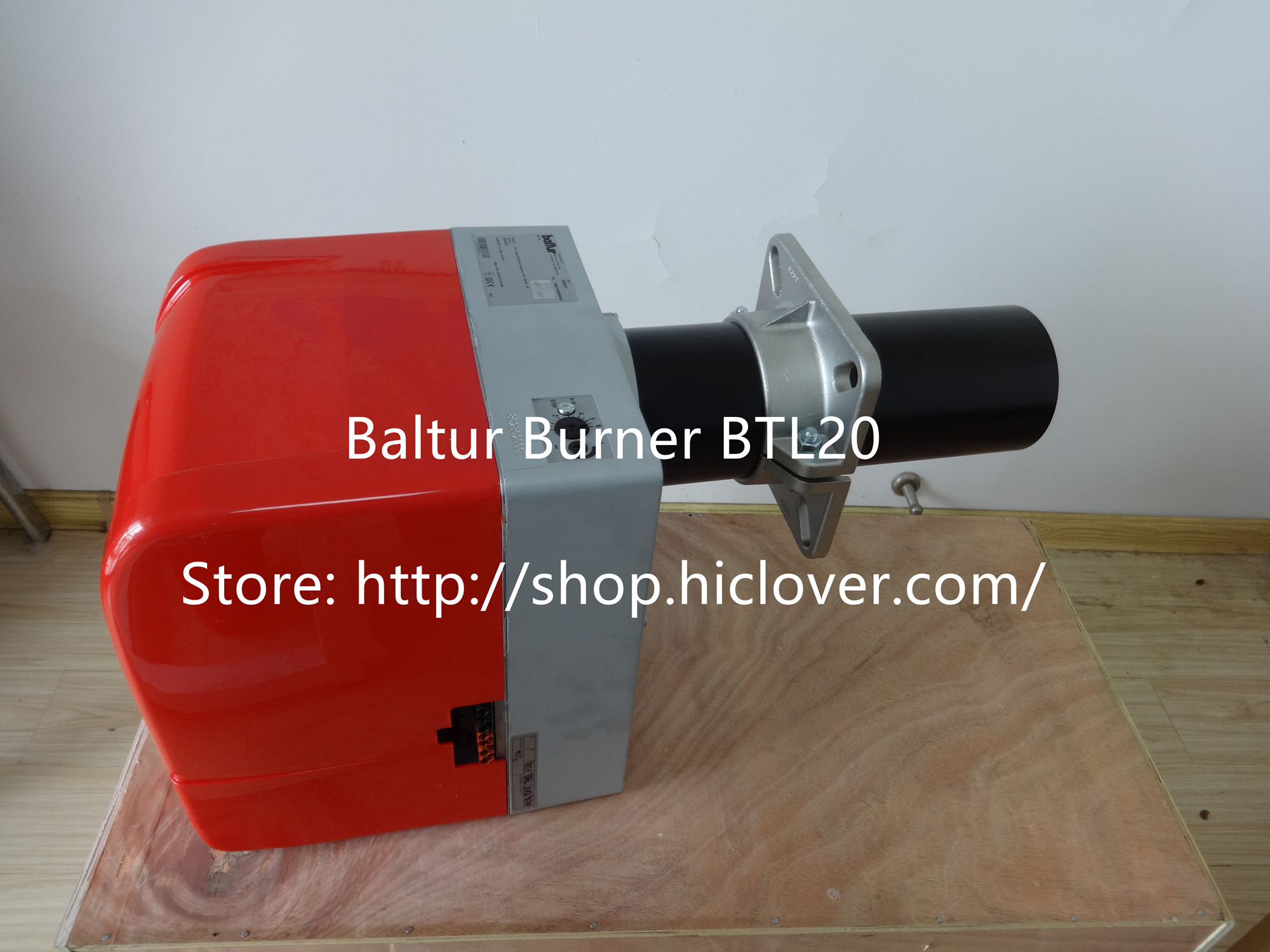Amsterdam, the capital city of the Netherlands, is known for its innovative and sustainable approach to waste management. One shining example of this is the city’s waste-to-energy plant, also known as the Afval Energie Bedrijf (AEB). This state-of-the-art facility has been turning trash into power, providing electricity and heat to thousands of households in the city. The success story of Amsterdam’s incinerator is a testament to the city’s commitment to environmental sustainability and its ability to turn a problem into an opportunity.
The AEB has been in operation since the 1980s and has become an integral part of Amsterdam’s waste management system. The facility is capable of processing over 1.4 million tons of waste per year, making it one of the largest waste-to-energy plants in Europe. The process begins with the collection and sorting of household and industrial waste, followed by the incineration of the non-recyclable and non-compostable materials. The heat generated from the incineration process is then used to produce steam, which in turn drives turbines to generate electricity. Additionally, the heat produced is also utilized for district heating, providing warmth to homes and businesses in the city.
One of the key benefits of the AEB is its ability to reduce the volume of waste that ends up in landfills. By converting waste into energy, the facility helps to alleviate the burden on traditional landfills, which can be both costly and environmentally damaging. Moreover, the plant also contributes to the reduction of greenhouse gas emissions, as the incineration process is more efficient and cleaner compared to the decomposition of waste in landfills.
In addition to its environmental benefits, the AEB has also proven to be a commercially successful venture for the city of Amsterdam. The facility has created jobs and has become a source of revenue through the sale of electricity and district heating. The success of the AEB has also inspired other cities and countries to explore the potential of waste-to-energy technologies as a sustainable solution to waste management.
However, the AEB has not been without its challenges. In 2019, the facility faced a crisis when it was forced to shut down due to safety concerns and financial difficulties. This had a significant impact on the city’s waste management and energy supply. In response, the city of Amsterdam took swift action to restructure and stabilize the AEB, ensuring its long-term viability and continued contribution to the city’s energy needs.
The success of the AEB serves as a model for other cities seeking to harness the potential of waste-to-energy technologies. By investing in innovative and sustainable solutions, cities can not only address their waste management challenges but also create new opportunities for economic growth and environmental stewardship. Amsterdam’s incinerator is a shining example of how a city can turn trash into power, and it stands as a testament to the city’s commitment to creating a cleaner, greener future for its residents.



